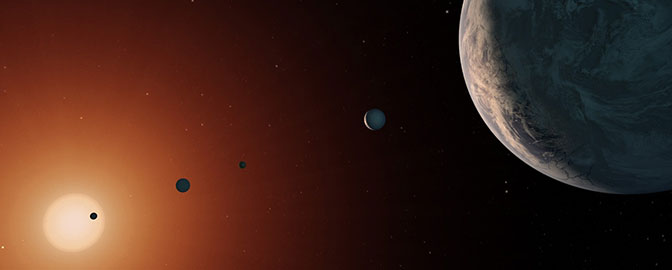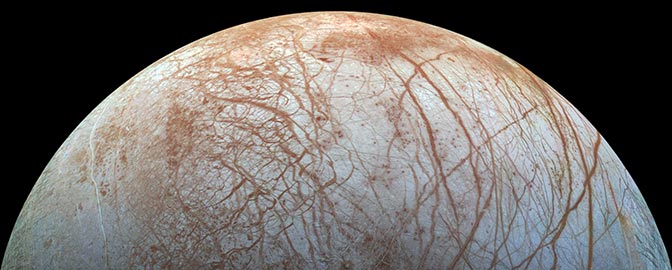All
All
Stories, updates, insights, and original analysis from The Planetary Society.
Exciting Times Ahead: 2010 Will Sizzle, and 2011 Will Really Cook!
Today, I'm kicking the week off with a look at the unusually intense confluence of far flung planetary exploration that's just around the corner, starting the middle of next year.
Fly me to the Moon...
Jim Bell describes his proposal to join the Lunar Reconnaissance Orbiter Cameras science team.
Planetary Surface Processes Field Trip: Day 1
After a hectic week of tying up loose ends and running around like a chicken with its head cut off, I now have my proster done for the Lunar and Planetary Science Conference, and am in Phoenix for the Planetary Surface Processes field trip, led by my adviser Jim Bell.
What's up in the solar system for the week of May 12
It's time to check in on what's going on with our trusty robots around the solar system.


 Explore Worlds
Explore Worlds Find Life
Find Life Defend Earth
Defend Earth


 Sun
Sun Mercury
Mercury Venus
Venus Earth
Earth Mars
Mars Jupiter
Jupiter Saturn
Saturn Uranus
Uranus Neptune
Neptune Small Bodies
Small Bodies


